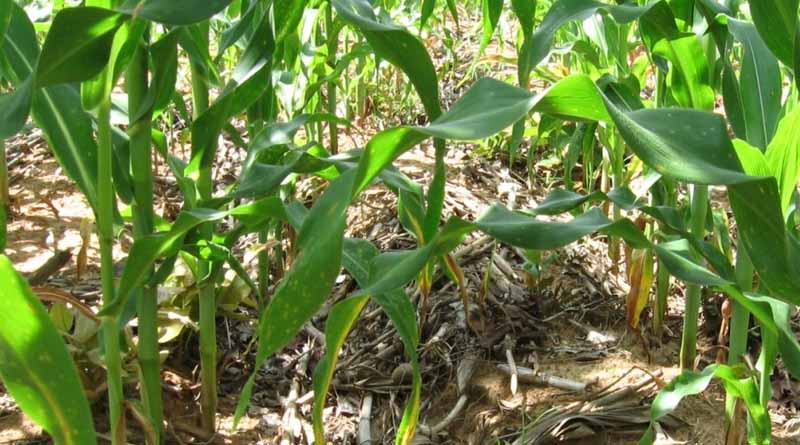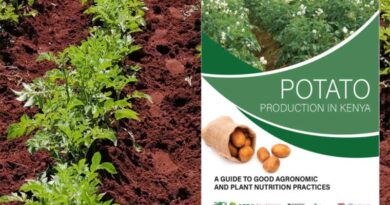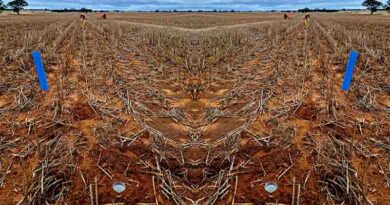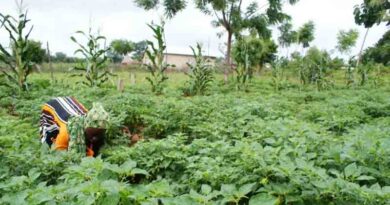Unanswered Questions and Unquestioned Answers
23 April 2024, Africa: Over the past few decades, Conservation Agriculture (CA) has moved from theory to practice for many farmers in southern Africa. CA is a system that involves minimum soil disturbance, crop residue retention, and crop diversification among other complimentary agricultural practices. One reason for its increasing popularity is its potential to mitigate threats from climate change while increasing yields.
However, there are limits to the adaptation of CA, especially for smallholder farmers. Challenges are both agronomic (e.g. lack of sufficient crop residues as mulch, weed control, pest and disease carryover through crop residues), socio-economic, and political (both locally and regionally).
A recent paper, Unanswered questions and unquestioned answers: the challenges of crop residue retention and weed control in Conservation Agriculture systems of southern Africa, published in the journal Renewable Agriculture and Food Systems in February 2024, led by CIMMYT and CGIAR scientists examines two specific challenges to more widespread CA adaptation: how to deal with trade-offs in using crop residue and finding alternatives to herbicides for weed control.
For crop residue, the two most prevalent actions are using leftover crop residue for soil cover or feeding it to livestock. Currently, many farmers allow livestock to graze on crop residue in the field, leading to overgrazing and insufficient ground cover. This tradeoff is further challenged by other multiple household uses of residues such as fuel and building material. The most common way to control weeds is the application of herbicides. However, inefficient and injudicious herbicide use poses a threat to human health and the environment, so the research team set out to identify potential alternatives to chemical weed control as the sole practices in CA systems.
“The answer to the question ‘how should farmers control weeds?’ has always been herbicides,” said lead author Christian Thierfelder, CIMMYT principal cropping systems agronomist. “But herbicides have many negative side effects, so we wanted to question that answer and examine other potential weed control methods.”
What to do with crop residue
Previous research from the region found that ungrazed areas had long-term positive effects on soil fertility and crop yields. However, it is common practice for many farmers in Malawi, Zambia, and Zimbabwe to allow open grazing after the harvest in their communities. Livestock are free to graze wherever they wander, which results in overgrazing.
“Open grazing systems help keep costs down but are very inefficient in terms of use of resources. It leads to bare fields with poor soil,” said Thierfelder.
While it is easy to suggest that regulations should be enacted to limit open grazing, it is difficult to implement and enforce such rules in practice. The authors found that enforcement is lacking in smaller villages because community members are often related, which makes punishment difficult, and there is an inherent conflict of interest among those responsible for enforcement.
Controlling weeds
Weeding challenges in CA systems have been addressed worldwide by simply using herbicides. However, chemical weeding is often not affordable and, sometimes, inaccessible to the smallholder farmers and environmentally unfriendly.
Using herbicides, though effective when properly applied, also requires a degree of specialized knowledge, and without basic training, this may be an unviable option as they may pose a risk to the health of the farmers. Thus, alternatives need to be identified to overcome this challenge.
Some alternatives include mechanical methods, involving the use of handheld tools or more sophisticated tools pulled by animals or engines. While this can be effective, there is the possibility of high initial investments, and intercropping (a tenet of CA) forces farmers to maneuver carefully between rows to avoid unintended damage of the intercrop.
Increasing crop competition is another potential weed control system. By increasing plant density, reducing crop row spacing, and integrating other crops through intercropping, the crop competes more successfully with the weeds for resources such as light, moisture, and nutrients. When the crop seed rate is increased, the density of the crops increases, providing more cover to intercept light, and reducing the amount of light reaching the weeds thereby controlling their proliferation.
A holistic approach
“What we learned is that many of the crop residue and weed challenges are part of broader complications that cannot be resolved without understanding the interactions among the current scientific recommendations, private incentives, social norms, institutions, and government policy,” said Thierfelder.
Continuing research into CA should aim to examine the social and institutional innovations needed to mainstream CA as well as strengthen and expand the research on weed control alternatives and focus on the science of communal grazing land management to enhance their productivity.
Also Read: ADAMA Launches New Cereal Fungicide Avastel®
(For Latest Agriculture News & Updates, follow Krishak Jagat on Google News)















